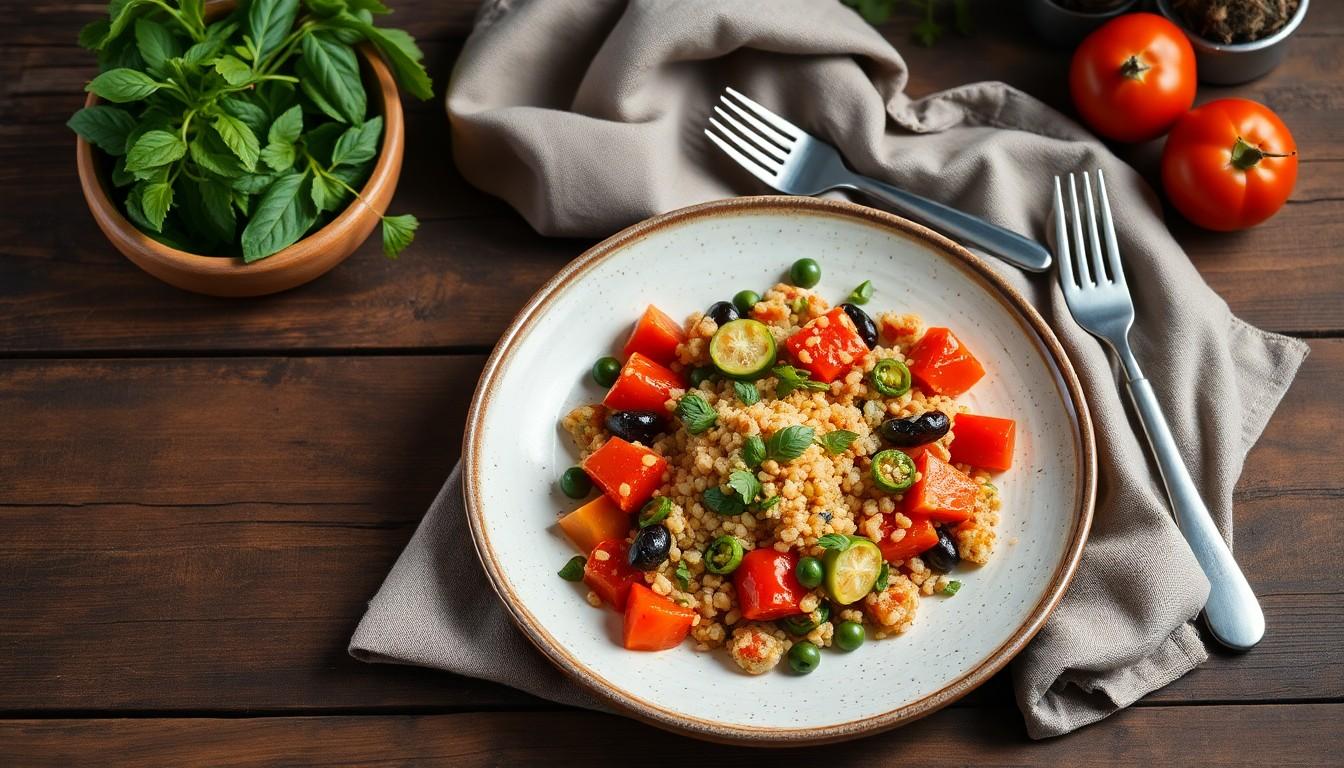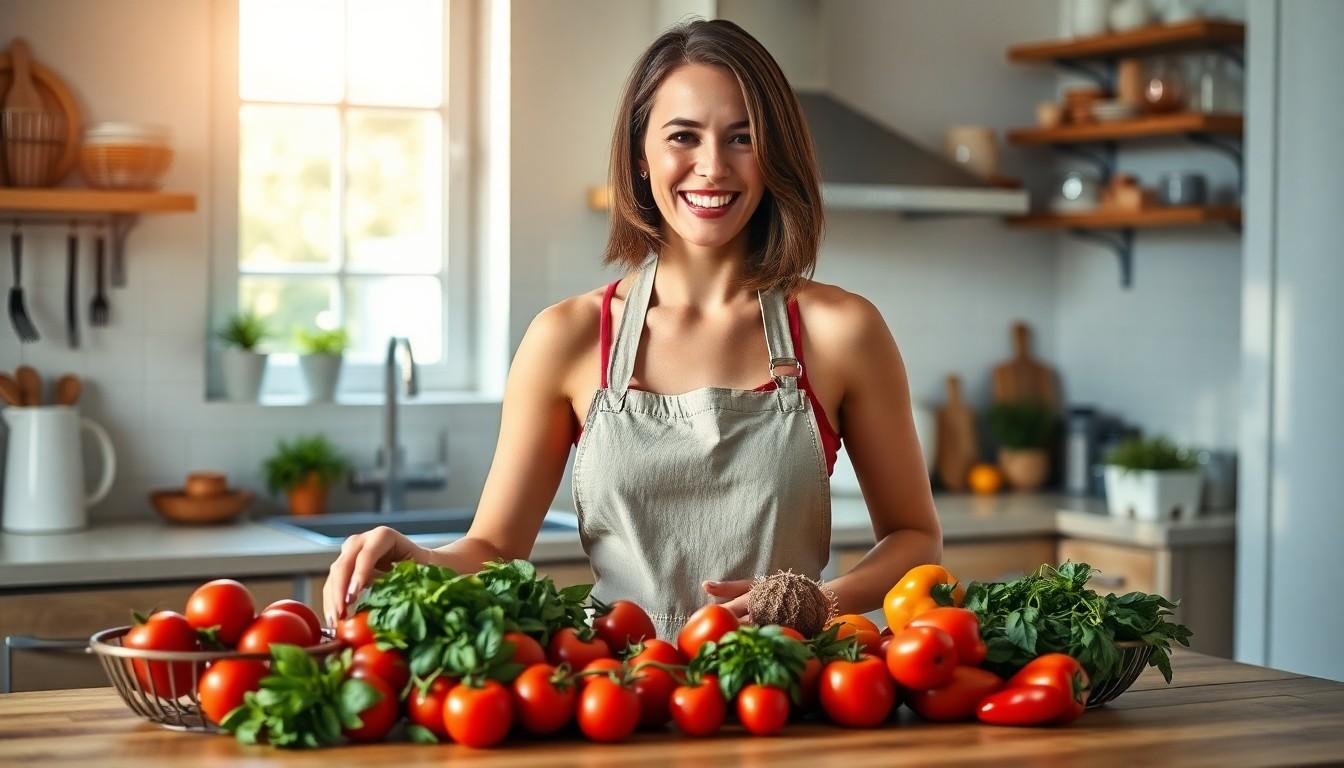In a world where food is often more than just a meal, mastering food photography composition is the secret ingredient to making those culinary creations truly mouthwatering. Whether it’s a perfectly stacked burger or a vibrant salad, the way food is presented can turn a simple dish into a visual feast that leaves everyone drooling.
Imagine scrolling through your feed and seeing a plate of spaghetti so artfully arranged it could star in its own cooking show. That’s the power of composition! With a few clever tips and tricks, anyone can elevate their food photography game from “meh” to “wow.” So grab your camera and get ready to transform everyday meals into Instagram-worthy masterpieces that’ll have your followers begging for a taste.
Food Photography Composition
Effective food photography composition enhances the visual appeal of dishes. A well-composed image draws viewers in, making them desire the featured food.
Importance of Composition in Food Photography
Composition plays a critical role in overall aesthetics. It influences how viewers perceive and engage with the food. A strong composition can elevate a simple dish, providing context and emotion. Without proper composition, even a delicious meal risks looking unappetizing. Clear structure often leads to more shares on social media, attracting a wider audience. Understanding the principles of composition helps photographers present food in its best light.
Key Elements of Composition
Several elements contribute to impactful food photography. Balance ensures visual harmony, distributing elements across the frame constructively. Rule of thirds positions the subject off-center, creating a dynamic image. Leading lines draw attention towards the focal point, enhancing focus on the food. Framing incorporates surrounding elements to highlight the dish, adding depth. Texture and color offer contrast, making the image more engaging visually. Varying angles provides unique perspectives, allowing for creative expression. Each element contributes significantly to the viewer’s experience.
Techniques for Effective Food Photography Composition
Effective food photography composition relies on specific techniques that enhance image quality and viewer engagement. Utilizing these techniques can significantly improve the presentation of food and elevate culinary images.
Rule of Thirds
Applying the rule of thirds involves dividing an image into a three-by-three grid. Placing focal points along the gridlines or intersections creates more balance. Viewers naturally gravitate toward these points, making the composition visually appealing. For food photography, positioning the main dish off-center ensures it remains the star while allowing space for context. Experimenting with angles provides new perspectives and enriches images further.
Leading Lines
Incorporating leading lines helps draw the viewer’s eye to the main subject. Chefs can use utensils, napkins, or table edges as natural lines directing focus. These lines guide attention while creating a sense of depth and movement. Highlighting textures or colors along these pathways enhances the overall composition. Effective use of leading lines fosters a dynamic visual experience that captures and retains audience interest.
Framing and Layering
Using framing techniques adds depth and context to food photography. Placing elements like plates, kitchen tools, or ingredients in the foreground creates a frame around the dish. Layering different textures and colors invokes an inviting aesthetic. Combining foreground and background elements enriches the viewer’s perception of the scene. These techniques cultivate a more immersive experience, engaging viewers with the food and its presentation.
Tools and Resources for Food Photography Composition
Food photography relies on various tools and resources to create stunning visuals. Understanding camera settings and carefully selecting props and backgrounds enhances the overall composition.
Camera Settings
Camera settings play a crucial role in food photography. Adjusting the aperture allows for control over depth of field, creating a soft background. A lower f-stop number results in a more blurred background, making the food the focal point. Additionally, using a slower shutter speed captures motion, which is useful for pouring or mixing scenes. ISO settings should adapt to lighting conditions; a lower ISO works well in bright light, while a higher ISO caters to dimmer spaces. Overall, these adjustments can drastically improve image quality and clarity.
Props and Backgrounds
Props and backgrounds enrich the composition of food photography. Selecting complementary dishes, utensils, and fabrics adds visual interest. Neutral backgrounds prevent distraction and let the food shine. Textured surfaces like wood or concrete provide warmth and depth. Experimenting with color palettes ensures a cohesive look. Consider natural elements like flowers, herbs, or fruits for added vibrancy. The careful arrangement of these elements creates context, telling a story that engages the viewer’s eye.
Common Mistakes to Avoid in Food Photography Composition
Avoiding common pitfalls ensures that food photography resonates with viewers. Knowing these mistakes enhances overall image quality and appeal.
Overcrowding the Frame
Overcrowding frames can overwhelm viewers and distract from the main subject. It’s vital to focus on fewer elements for a cleaner look. Allowing breathing room between each component highlights the food. Use negative space strategically to guide the eye. Eliminating unnecessary items enhances clarity and prevents confusion. Simple compositions often convey the dish’s essence more effectively. Prioritize main ingredients or the dish itself to elevate the image.
Neglecting Lighting
Neglecting proper lighting significantly impacts the visual quality of food images. Natural light generally enhances colors, textures, and overall appeal. Using harsh artificial light might create unflattering shadows and distort colors. Aiming for soft, diffused light ensures that the food looks appetizing. Placing the dish near a window or using reflectors can improve brightness. Consider the time of day, as golden hour provides warm, inviting tones. Proper lighting adds depth and dimension, crucial for enticing food photography.
Mastering food photography composition is essential for anyone looking to elevate their culinary images. By applying the techniques discussed, photographers can transform their dishes into captivating visual stories that resonate with audiences.
Effective composition not only enhances the aesthetic appeal but also invites viewers to engage with the content. With the right balance of elements and thoughtful use of light, even the simplest meals can shine.
As photographers practice these principles, they’ll find their skills improving, leading to more impressive and shareable images. Embracing the art of composition opens the door to endless creative possibilities in food photography.

